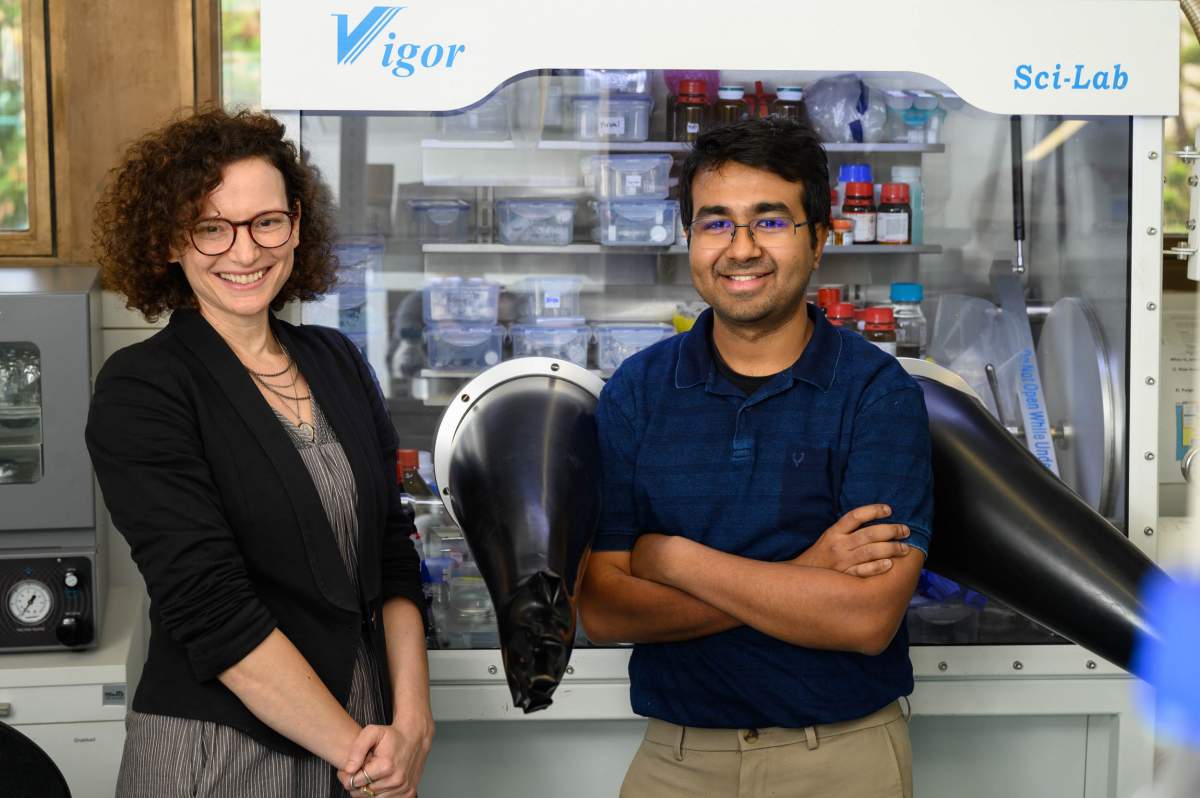
The rate at which technology is advancing calls for stronger and safer batteries, but developing them is no easy task. Lithium metal batteries, for example, could in the future provide significantly more energy than those in common use today, but they also pose a significant challenge: During every charge, tiny threads called dendrites are formed within them. When dendrites accumulate, they can create metallic bridges inside the battery, enabling an uncontrolled transfer of electrons that is liable to ruin the battery and, more worryingly, create a fire hazard.
Until now, researchers had limited techniques available to characterize the formation of dendrites. In a new study undertaken in the laboratory of Prof. Michal Leskes, from the Weizmann Institute of Science’s Molecular Chemistry and Materials Science Department, researchers developed an innovative technique that allows them to not only identify what within the battery affects the accumulation of dendrites but also quickly inspect the effectiveness and safety of alternative battery components.
The findings of the study provide new insights that could be used to develop sturdier, stronger and safer batteries capable of supplying more energy at a lower environmental and economic cost. These future batteries will be able to power larger and smarter devices without having to increase the size of the battery, while simultaneously extending its lifespan.


